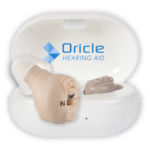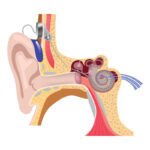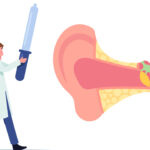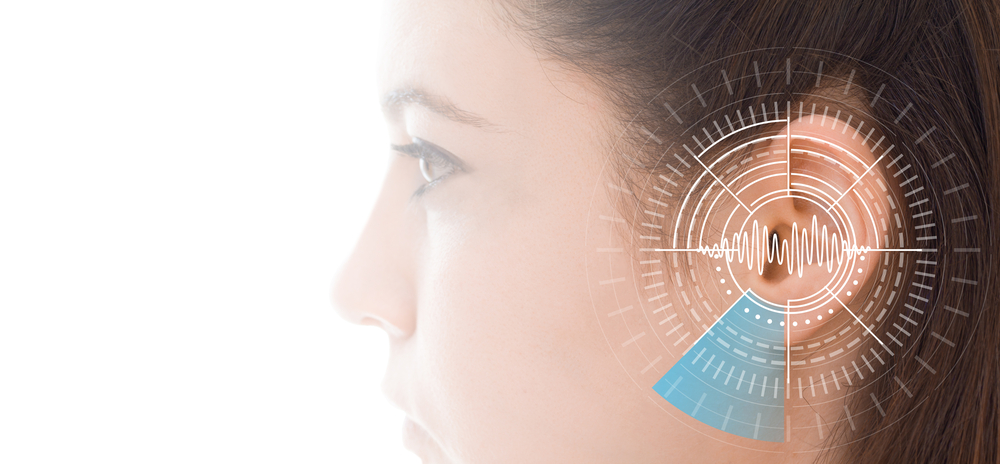Binaural Hearing: The Key to Effective Communication – Unraveling the Neurological Basis
Communication is an essential part of our daily lives. Whether we are talking with our friends, family, or colleagues, effective communication is crucial for building strong relationships, understanding each other's needs, and achieving our goals. However, communication is not always easy, especially when there is background noise, distance, or other distractions.
One of the key factors that can affect communication is binaural hearing. Binaural hearing is the ability to perceive sound with both ears simultaneously. In this blog post, we will explore the neurological basis of binaural hearing and how it contributes to effective communication.
What is Binaural Hearing?
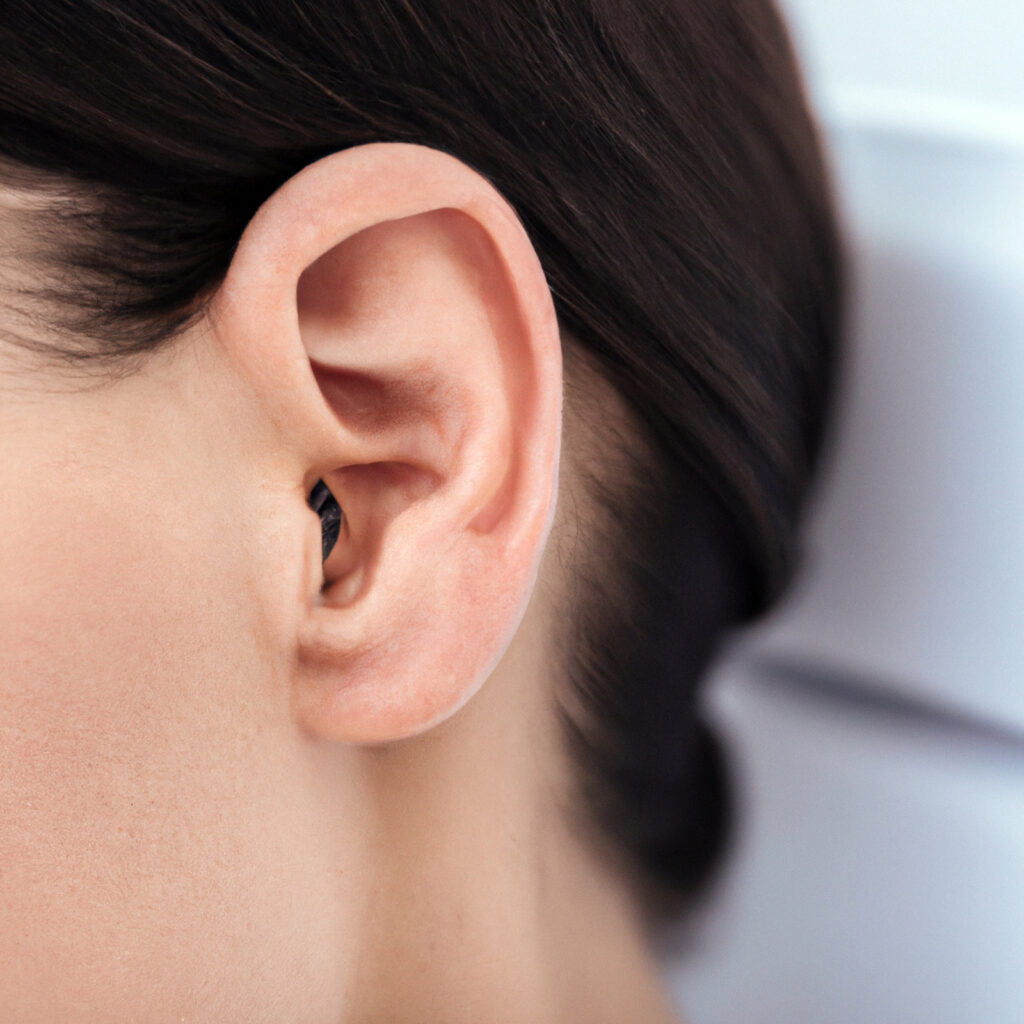
Binaural hearing is the ability to perceive sound with both ears simultaneously. This is made possible by the unique structure of the human ear. Each ear is composed of three parts: the outer ear, middle ear, and inner ear.
The outer ear consists of the visible part of the ear (pinna) and the ear canal. The pinna collects sound waves from the environment and directs them into the ear canal. The ear canal amplifies and directs the sound waves to the middle ear.
The middle ear consists of the eardrum (tympanic membrane) and three small bones (ossicles): the malleus, incus, and stapes. When sound waves reach the eardrum, they cause it to vibrate. These vibrations are transmitted to the ossicles, which amplify the vibrations and transmit them to the inner ear.
The inner ear consists of the cochlea, a spiral-shaped organ that converts sound vibrations into electrical signals that are sent to the brain. The cochlea is divided into three fluid-filled chambers, each containing sensory hair cells that respond to specific frequencies of sound.
The neurological basis of binaural hearing
The ability to hear with both ears simultaneously is critical for spatial hearing, which is the ability to localize sound sources in space. Spatial hearing is essential for effective communication in noisy environments, such as a crowded restaurant or a busy street.
The brain uses several cues to localize sound sources in space, including interaural time differences (ITDs) and interaural level differences (ILDs). ITDs refer to the difference in the time it takes for a sound to reach each ear. ILDs refer to the difference in the sound level between the two ears.
The brain compares these cues to determine the location of a sound source in space. For example, if a sound arrives at the left ear before the right ear, the brain knows that the sound source is located to the left. Similarly, if a sound is louder in the right ear than the left ear, the brain knows that the sound source is located to the right.
The auditory pathway
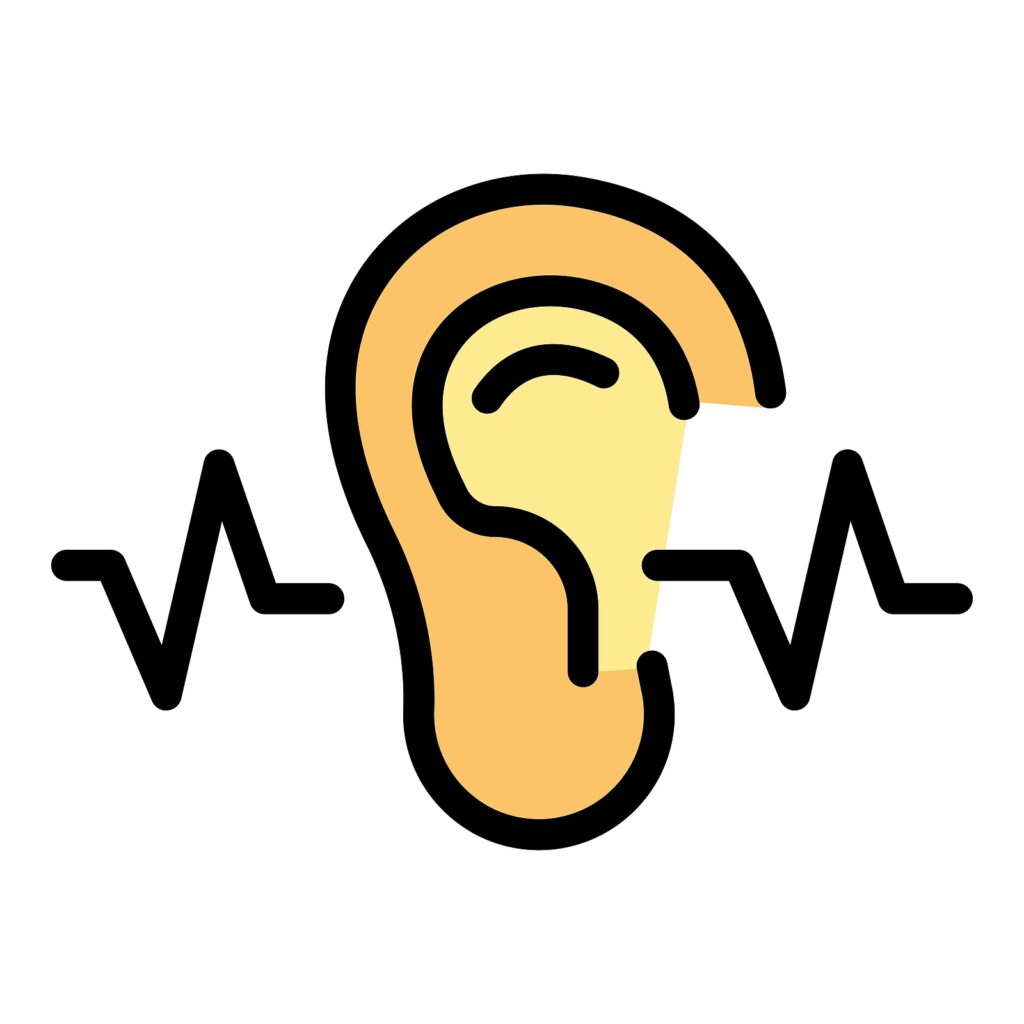
The auditory pathway is the series of neural structures that transmit sound information from the ear to the brain. The auditory pathway consists of several distinct nuclei and pathways, each with a specific function.
The first nucleus in the auditory pathway is the cochlear nucleus, located in the brainstem. The cochlear nucleus receives sound information from the cochlea and sends it to the superior olivary complex, also located in the brainstem.
The superior olivary complex is responsible for processing binaural cues, including ITDs and ILDs. The superior olivary complex compares the sound information from both ears and sends it to the inferior colliculus, located in the midbrain.
The inferior colliculus integrates sound information from both ears and sends it to the thalamus, located in the forebrain. The thalamus relays the sound information to the primary auditory cortex, located in the temporal lobe.
The primary auditory cortex is responsible for processing sound information, including frequency discrimination and sound localization. The primary auditory cortex also plays a crucial role in speech perception, allowing us to differentiate between different speech sounds and understand spoken language.
The secondary auditory cortex, located adjacent to the primary auditory cortex, is involved in more complex aspects of auditory processing, such as recognizing familiar sounds and identifying sound patterns.
The importance of binaural hearing for communication
Binaural hearing is essential for effective communication in a variety of situations. In a noisy environment, binaural hearing allows us to filter out background noise and focus on the sounds that are most important, such as speech.
Binaural hearing also allows us to localize sound sources in space, which is particularly important in situations where we need to identify the source of a sound quickly. For example, if we hear a car horn honking, we need to be able to quickly determine where the sound is coming from so that we can avoid the car.
In addition, binaural hearing is crucial for speech perception, allowing us to differentiate between different speech sounds and understand spoken language. When we hear speech, our brains use a variety of cues to process the sound, including the timing, frequency, and intensity of the sound. Binaural hearing provides additional cues that help us to understand speech, such as the spatial location of the speaker and the direction of their voice.
Factors that can affect binaural hearing
Several factors can affect binaural hearing, including hearing loss, age, and certain medical conditions.
Hearing loss is one of the most common factors that can affect binaural hearing. When one ear is significantly weaker than the other, it can be challenging to localize sound sources accurately, and speech perception can be impaired.
Age-related hearing loss, or presbycusis, is another factor that can affect binaural hearing. As we age, the hair cells in the cochlea can become damaged or die, resulting in a loss of hearing sensitivity. This can affect our ability to perceive binaural cues and localize sound sources accurately.
Certain medical conditions, such as Meniere's disease, can also affect binaural hearing. Meniere's disease is a disorder of the inner ear that can cause symptoms such as vertigo, tinnitus, and hearing loss. These symptoms can impair binaural hearing and make communication more challenging.
Improving binaural hearing
There are several ways to improve binaural hearing, including hearing aids, cochlear implants, and auditory training.
Hearing aids are a common treatment for hearing loss, and they can improve binaural hearing by amplifying sounds in both ears. Hearing aids can also provide directional microphones, which can help to filter out background noise and focus on speech sounds.
Cochlear implants are another option for people with severe hearing loss. Cochlear implants bypass the damaged hair cells in the cochlea and directly stimulate the auditory nerve. Cochlear implants can provide binaural hearing by stimulating both ears simultaneously.
Auditory training is a type of therapy that involves practicing listening and communication skills. Auditory training can improve binaural hearing by teaching the brain to process sound more effectively and efficiently.
Conclusion
Binaural hearing is a fascinating and complex field that studies the neurological basis of auditory perception. Researchers aim to understand the neural mechanisms that underlie binaural hearing and how it influences our perception of sound.
Spatial perception, sound source segregation, and speech understanding in noise are essential functions of binaural hearing that improve our ability to communicate effectively.
The binaural hearing also aids in spatial perception, making it easier for us to detect objects and their positions in space, and it contributes to the “cocktail party effect,” which helps us filter out the voices of others in noisy listening environments.
Although the mechanism of binaural sensitivity in older adults is not fully understood, research in this area can lead to new diagnostic and therapeutic measures, and it may help in training clinicians.
Sources
- Middlebrooks, J. C., & Green, D. M. (1991). Sound localization by human listeners. Annual Review of psychology, 42(1), 135-159. doi: 10.1146/annurev.ps.42.020191.001031 Link: https://www.annualreviews.org/doi/abs/10.1146/annurev.ps.42.020191.001031
- Wightman, F. L., & Kistler, D. J. (1999). Headphone simulation of free-field listening. I: Stimulus synthesis. The Journal of the Acoustical Society of America, 106(3), 1465-1472. doi: 10.1121/1.427164 Link: https://asa.scitation.org/doi/abs/10.1121/1.427164


